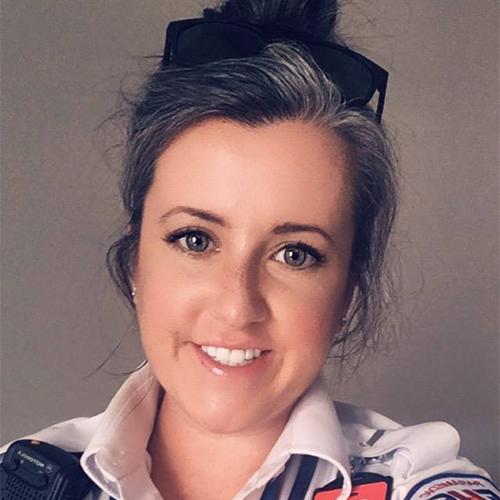What clinical roles exist in Medical Communications Centres: A Rapid Scoping Review
|
What clinical roles exist in Medical Communications Centres: A Rapid Scoping Review Greene J., Goldstein, J., Swain, J., Brown, R., McVey, J., Carter, A. Introduction: In recent years, there has been an increase in the use of 911 which has overwhelmed many Emergency Medical Services (EMS) and acute care systems. To better match resources with the needs of the patient, some EMS systems have integrated clinician roles into the emergency medical communications centre (MCC) to consider alternative dispositions for patients who contact 911. Objective: To explore the nature and scope of clinical roles in emergency MCCs. Methods: Using a rapid scoping review methodology, we searched PubMed for studies reporting any clinical role employed within an emergency MCC. We accepted reviews, experimental and observational designs, as well as expert opinion. Studies reporting on dispatcher recognition and pre-arrival instructions were excluded. Title and abstract screening were conducted by a single reviewer, included studies were checked by 2 reviewers and data extraction was completed in duplicate, all within Covidence review software. The protocol was registered in Open Science Framework (10.17605/OSF.IO/NX4T8). Preliminary results: Our search yielded 1071 titles, 4 were added from other sources, 44 studies were reviewed at full text stage and 35 were included. The included studies were published from 2002-2022 and represent 17 countries. Studies meeting inclusion criteria consisted of level I (n=4, 11%), II (n=13, 37%), and III (N=6, 17%) methodologies, as well as twelve other studies (34%) with qualitative or other designs. Most of the included studies report systems that employ nurses in the MCC (n=29, 83%). Twelve (34%) studies reported on the inclusion of paramedics in the MCC, and five (14%) reported physician involvement. The roles of these clinicians chiefly consisted of triage (n=25, 71%), advice (n=20, 57%), referral to non-emergency care (n=14, 40%) and peer-to peer consulting (n=2, 4%). Alternative dispositions (as opposed to emergency ambulance transport) for low acuity callers included self-care, as well as referral to general practitioner, pharmacist, or other outreach programs. Conclusions: There is a range of literature reporting on clinical roles integrated within MCCs. MCC nurses, physicians, and paramedics have assisted with triage, advice, and referrals to better match resources to patient needs, with or without the requirement for ambulance dispatch. Words: 340/350 |
About the author:
 |
| Jennifer is an Advanced Care Paramedic working ground ambulance in Nova Scotia and as the Knowledge translation Scientist for the Dalhousie University Division of EMS |


Commentary